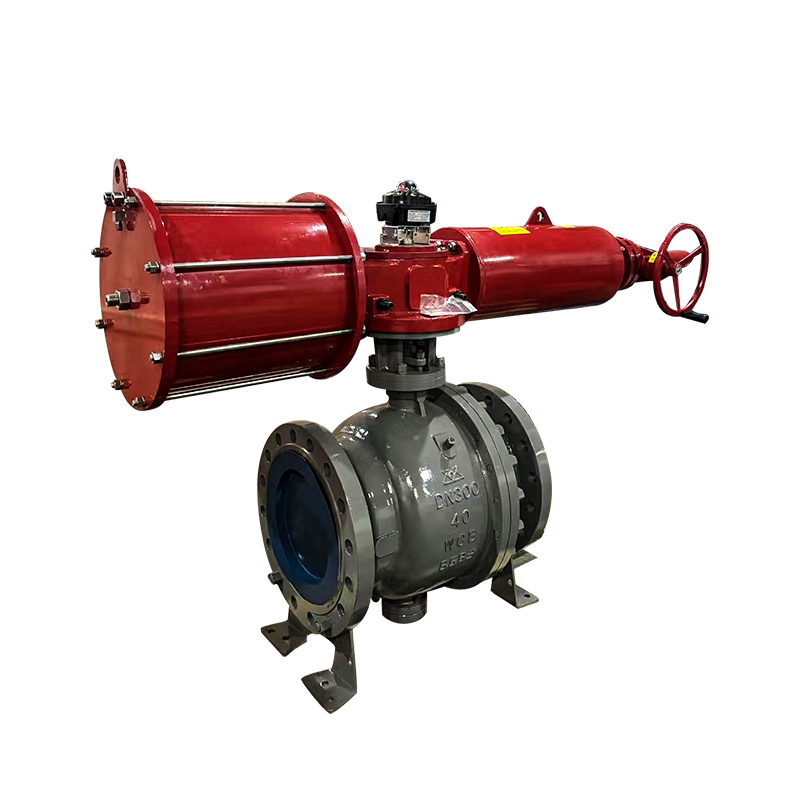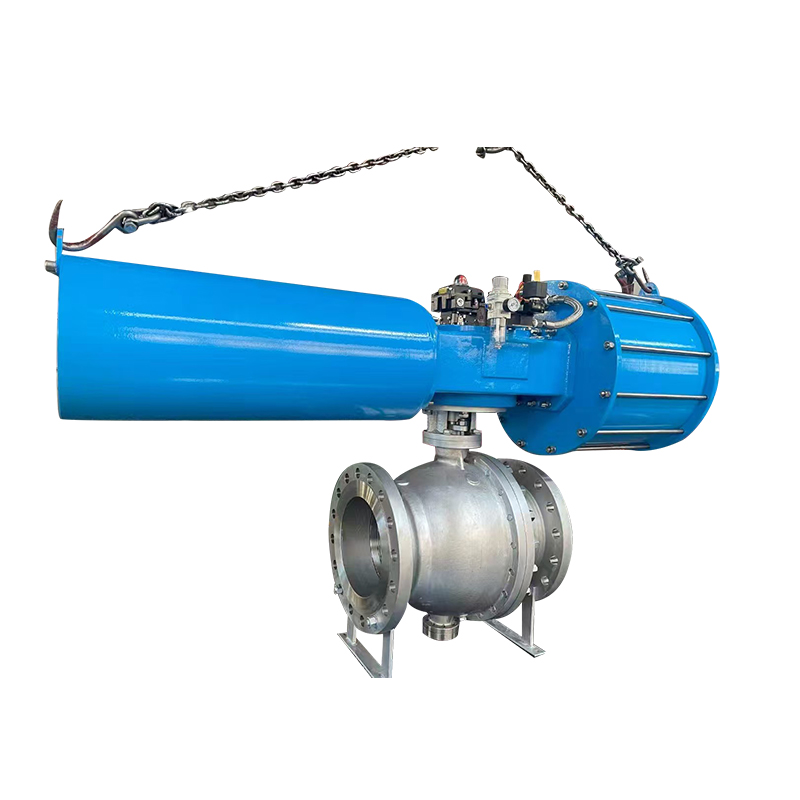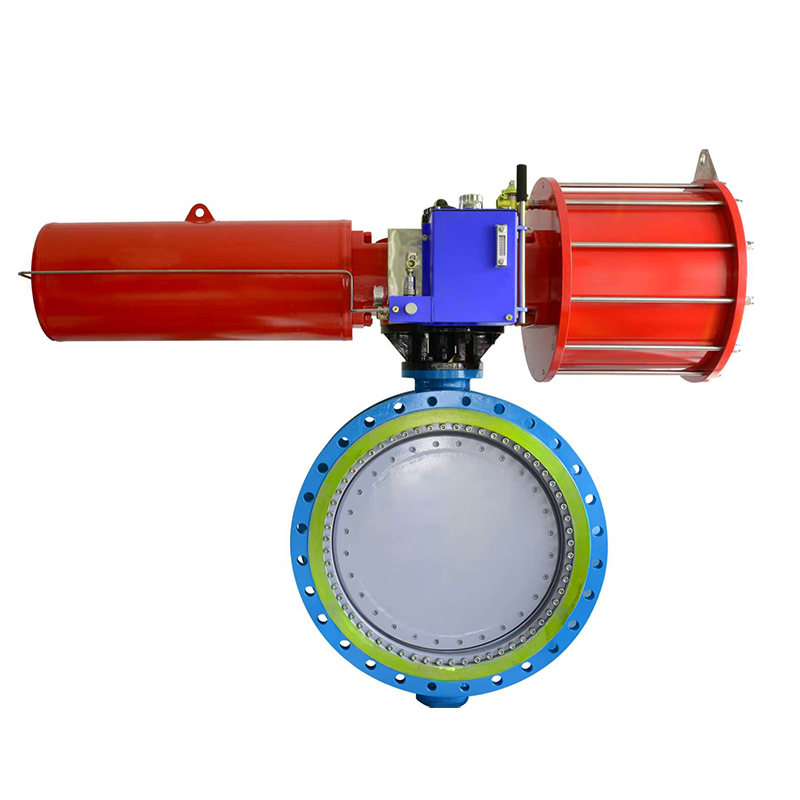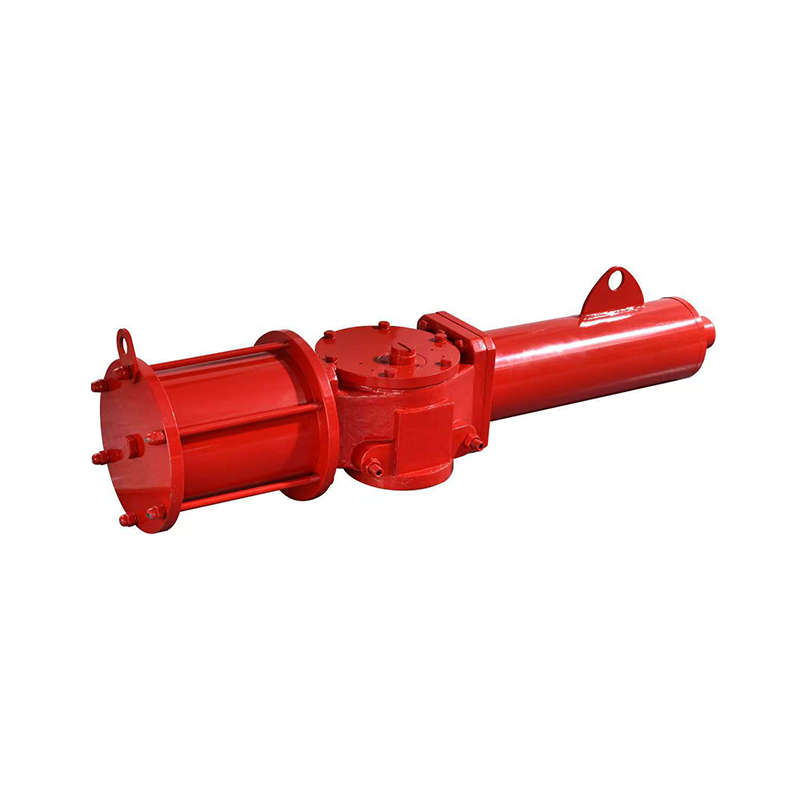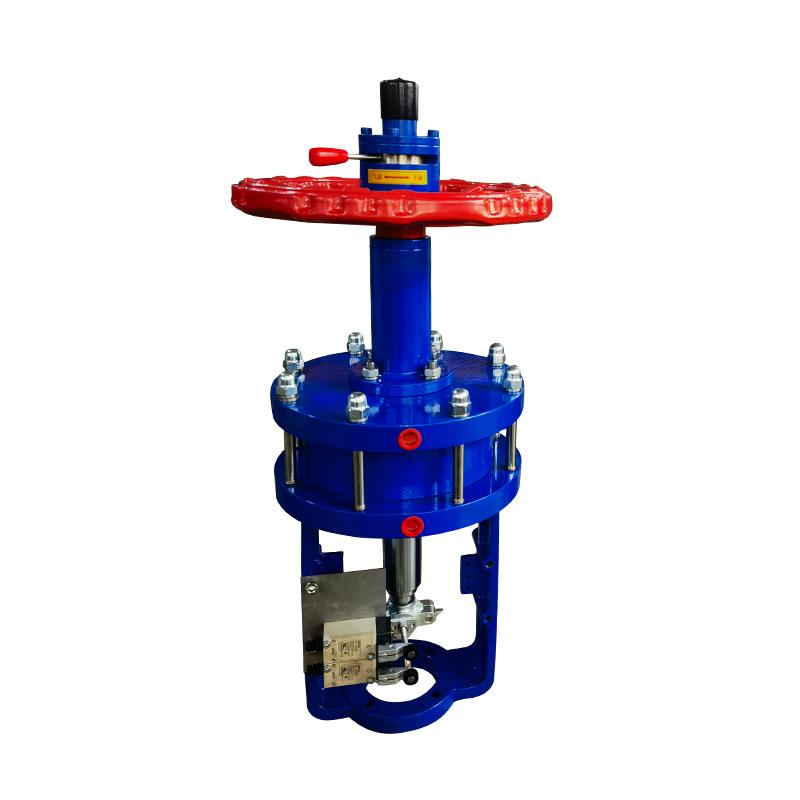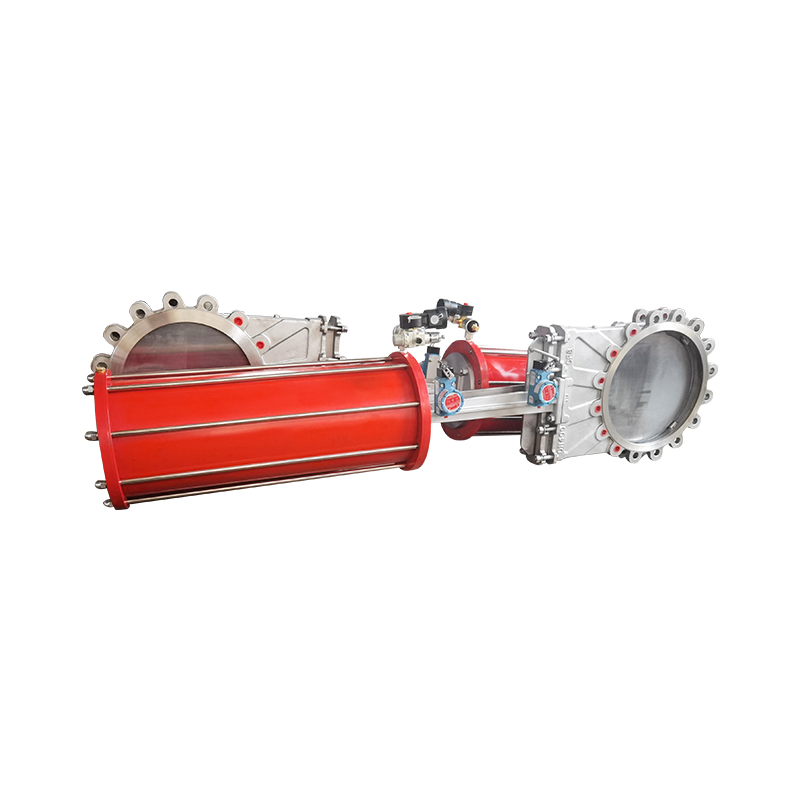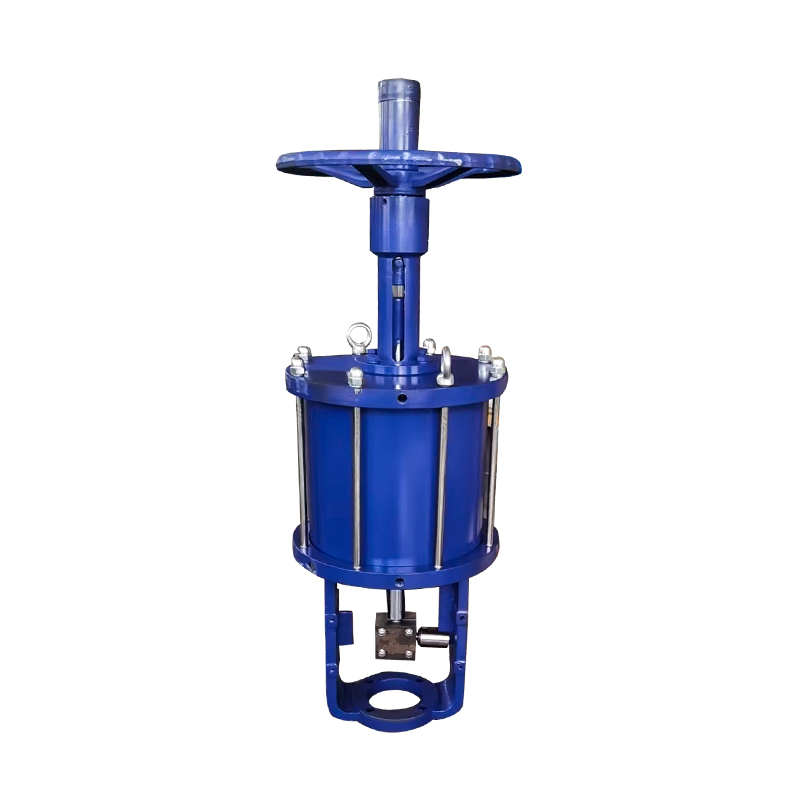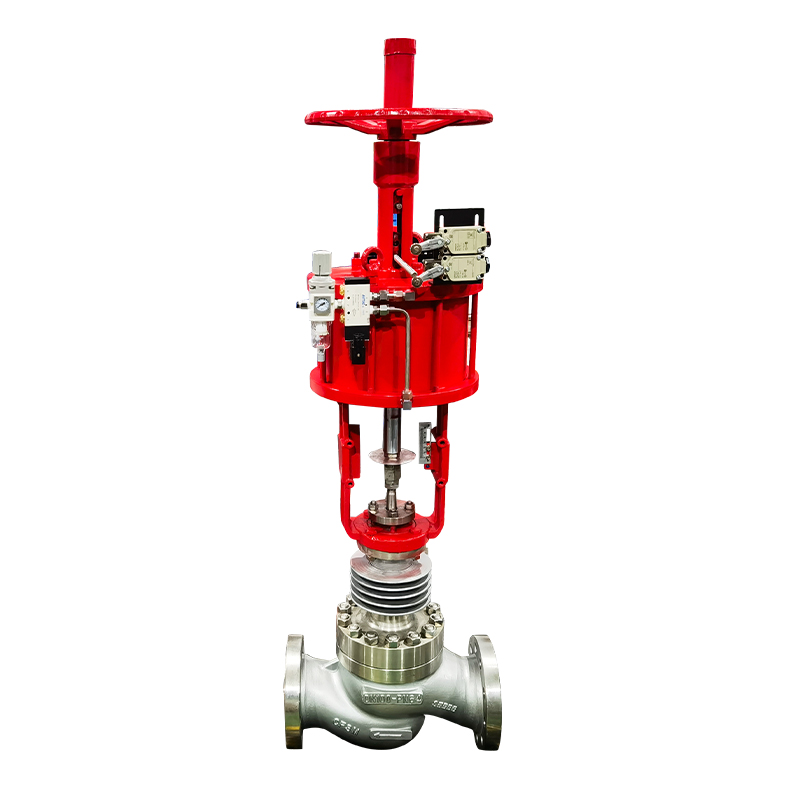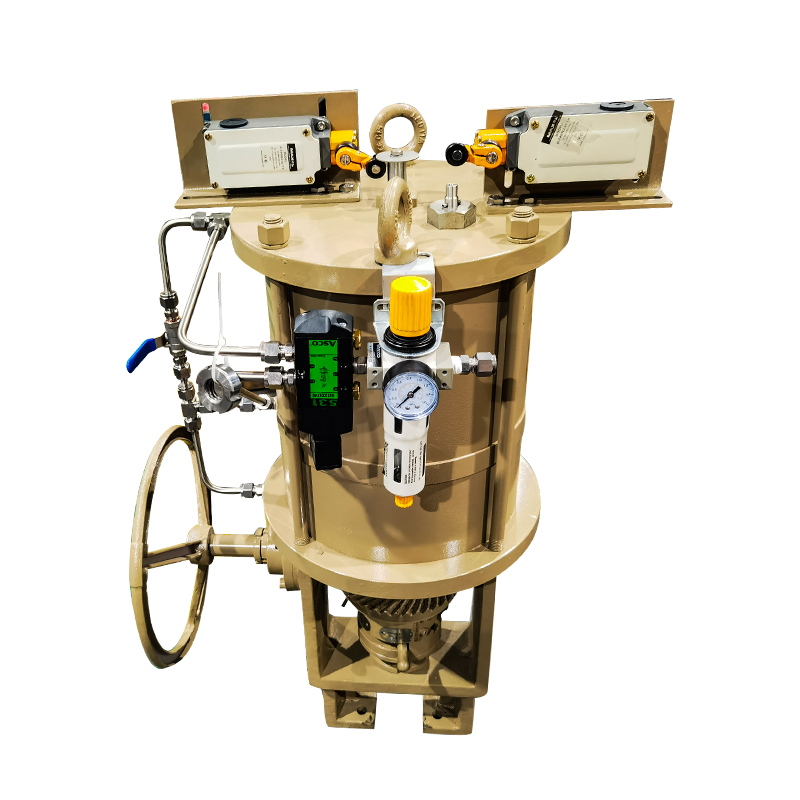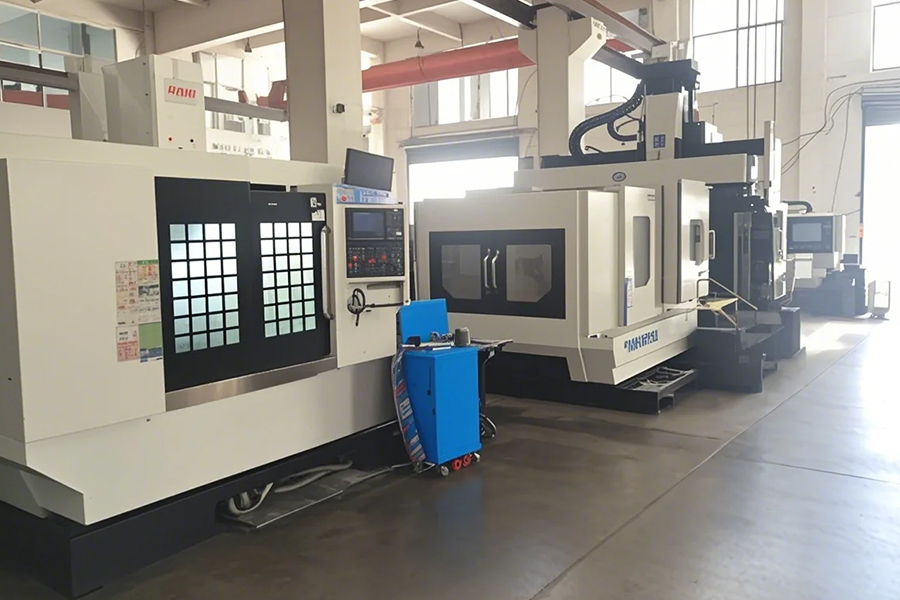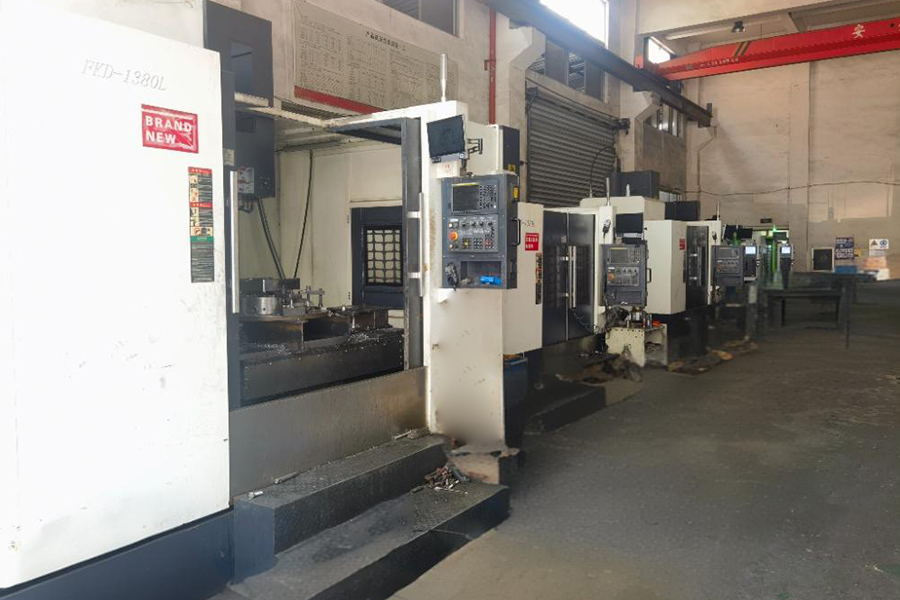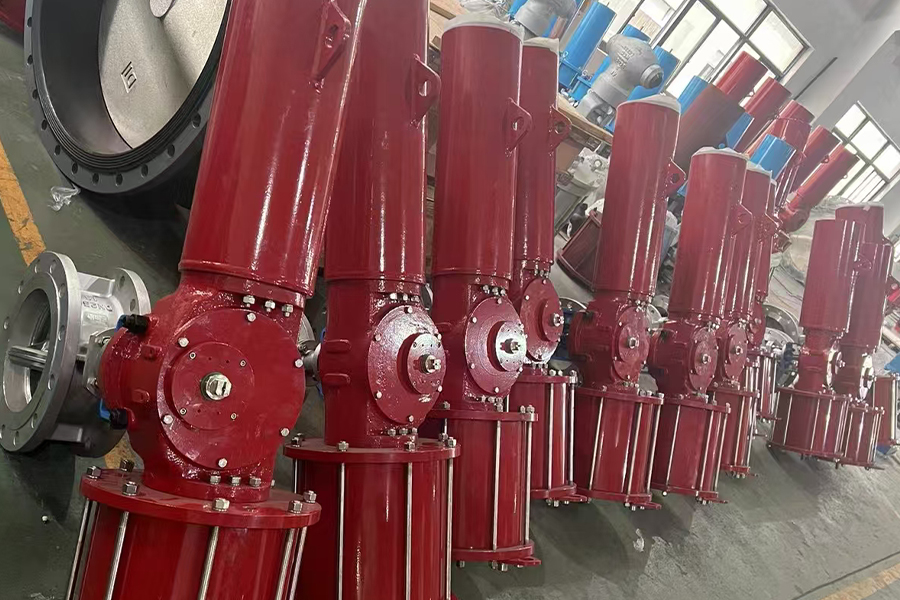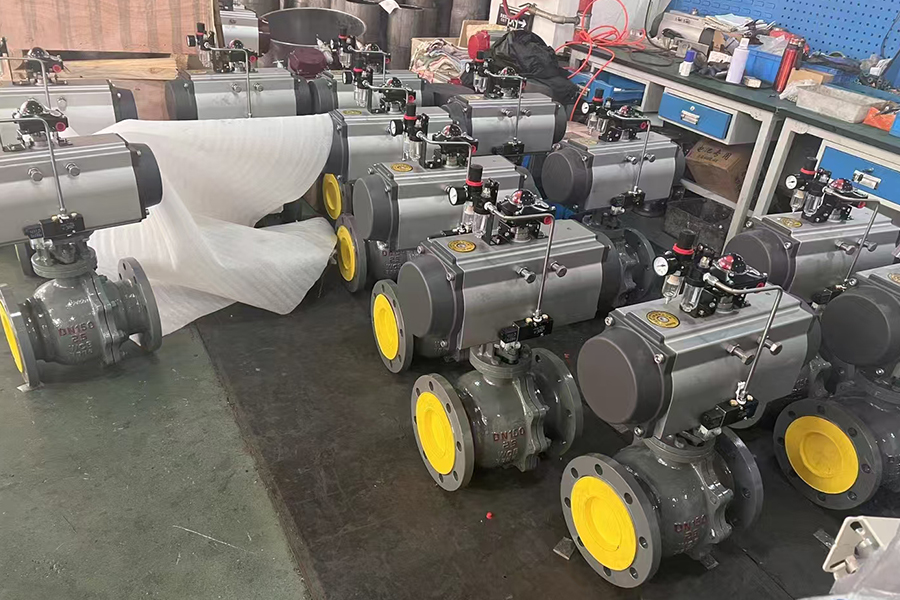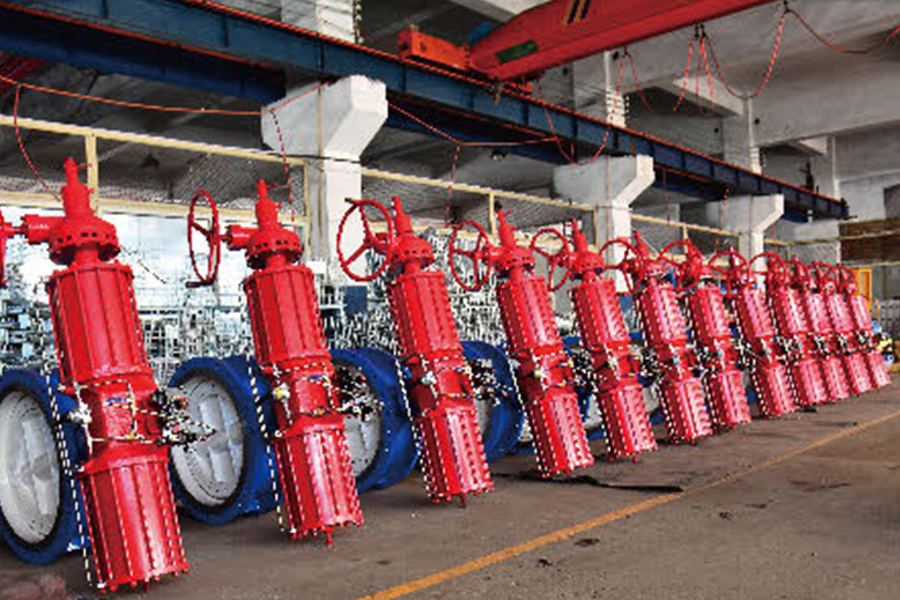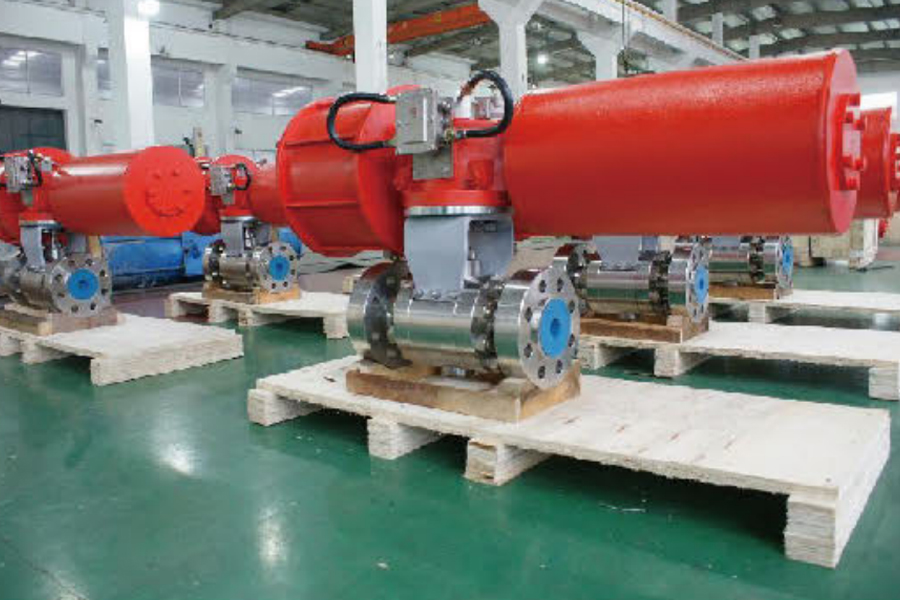In industrial systems, valves play an essential role in controlling the flow of liquids, gases, or slurries. One specific type of valve that is becoming increasingly popular in tank systems is the Tank Flush Bottom Ball Valve. This valve is commonly used in applications where precise control over the discharge of materials from tanks is necessary. As a result, understanding the features and functions of Tank Flush Bottom Ball Valves is crucial for industries that require efficient and reliable fluid control.
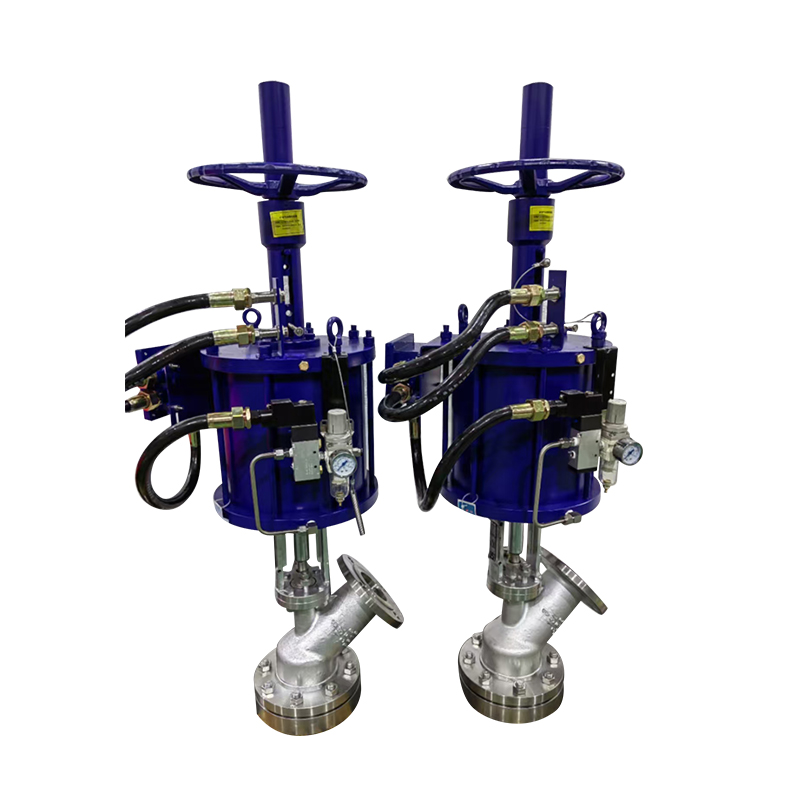
The Tank Flush Bottom Ball Valve is specifically designed to enable the complete draining or flushing of tanks, often used in industries like food processing, chemical manufacturing, and wastewater treatment. The design of the Tank Flush Bottom Ball Valve allows it to be installed at the bottom of tanks or vessels, where it can effectively control the outflow of the contents when necessary. The ball valve mechanism allows for quick opening and closing, making it ideal for applications that require rapid and efficient discharge of liquid or slurry materials.
The main feature of the Tank Flush Bottom Ball Valve is its ability to offer a full port, ensuring that the valve can be fully opened for flow rate. Additionally, the valve has a unique design that minimizes the risk of blockages, ensuring that even thick or viscous materials can be easily drained from the tank.
Key Features of Tank Flush Bottom Ball Valve
1. Full Port Design
One of the standout features of the Tank Flush Bottom Ball Valve is its full port design. A full port valve allows for the flow of materials, which is particularly useful for tank flushing applications. This feature minimizes pressure drop and ensures that the liquid or slurry can be quickly and effectively removed from the tank.
The full port design also reduces the chances of clogging, especially in systems where thicker materials or sediments are present. The large opening facilitates the smooth passage of solid particles, preventing blockages that could otherwise costly downtime or system maintenance.
2. Easy Cleaning and Maintenance
Another significant feature of the Tank Flush Bottom Ball Valve is its ease of maintenance and cleaning. The valve is designed to allow easy access to its internal components, which simplifies the cleaning process. This is especially important in industries like food and beverage or pharmaceuticals, where hygiene and cleanliness are paramount.
Many Tank Flush Bottom Ball Valves are equipped with removable parts, allowing for fast servicing without the need for disassembling the entire valve system. Regular cleaning and maintenance ensure that the valve continues to operate efficiently over time, reducing the risk of system failure.
3. Corrosion and Abrasion Resistance
In applications where the materials being drained are aggressive or abrasive, such as chemicals or slurries, the Tank Flush Bottom Ball Valve is often constructed from corrosion- and abrasion-resistant materials like stainless steel. This enhances the durability of the valve, ensuring that it performs reliably even in challenging environments.
The robust construction of these valves ensures that they can handle conditions, including high temperatures and pressures, without compromising on performance. The resistance to corrosion and abrasion ensures that the Tank Flush Bottom Ball Valve remains operational over long periods, even in harsh industrial settings.
4. Quick and Efficient Operation
The ball valve mechanism in the Tank Flush Bottom Ball Valve provides rapid actuation, making it ideal for applications that require quick opening and closing. Pneumatic or electric actuators can be used to automate the operation of the valve, providing remote control and further enhancing efficiency.
The quick response time ensures that materials can be discharged from the tank in a timely manner, which is especially important in industries where downtime can be costly. The valve's ability to operate smoothly and efficiently also minimizes the risk of product contamination, as the flow can be precisely controlled.








